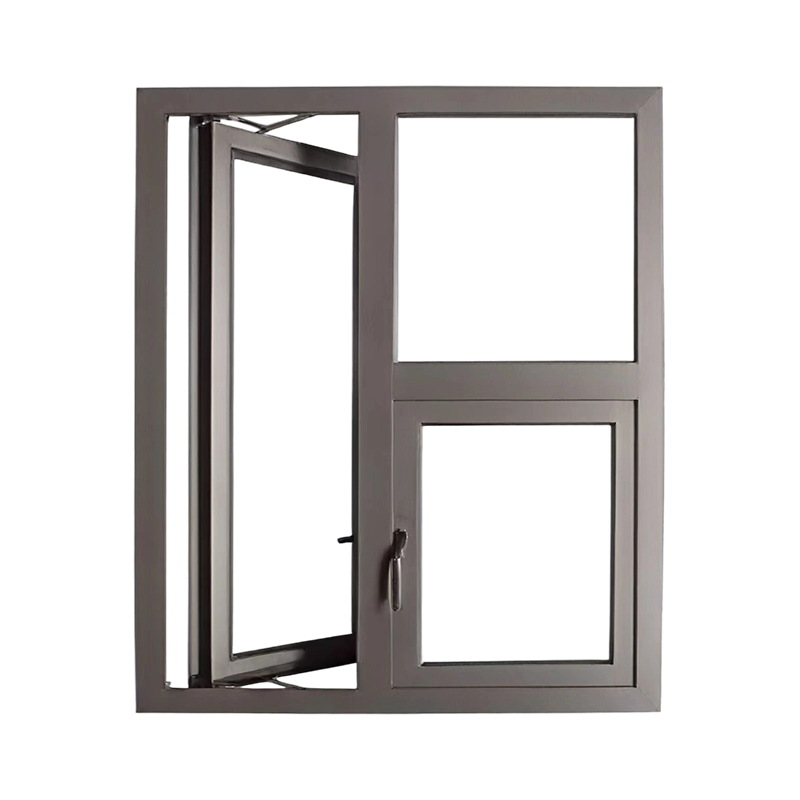Aluminum Windows: The Ultimate Guide to Alloy and Hurricane-Resistant Options
Introduction Aluminum windows have become one of the most popular choices in modern construction, offering a balance of strength, style, and practical...
Read MoreThermal break casement windows incorporate insulating barriers—typically polyamide strips or reinforced polymers—between interior and exterior aluminum profiles. These barriers disrupt the heat transfer path, significantly reducing conductive losses. By separating the exterior and interior frame surfaces, the window minimizes heat gain in summer and heat loss in winter, improving the building’s overall thermal envelope.
Properly designed casement window hardware and seals create tight closure, complementing the thermal break by reducing air infiltration. Lower air leakage reduces uncontrolled energy exchange, allowing HVAC systems to operate more efficiently. High-performance weatherstripping and multi-point locking mechanisms prevent drafts, maintaining stable indoor temperatures and reducing heating or cooling demand.

Thermal break casement windows are compatible with double or triple glazing, low-emissivity coatings, and gas-filled units. The thermal break frame works in concert with insulated glazing to lower the overall U-value of the window system. Uniform temperature distribution across the window surface reduces cold spots and minimizes thermal bridging, contributing directly to energy savings.
By reducing heat transfer through the frame, thermal break windows maintain warmer interior surface temperatures during cold weather. This decreases the risk of condensation, which not only improves occupant comfort but also protects finishes and reduces energy loss caused by humidity-driven heat transfer. Enhanced condensation resistance is a key factor in maintaining building efficiency over time.
Thermal break casement windows maintain their insulating properties over decades, as high-quality frames and thermal barriers resist deformation, corrosion, and wear. Long-term durability ensures that energy efficiency gains are preserved, minimizing the need for replacement and reducing life-cycle energy costs. Consistent performance also ensures predictable heating and cooling loads for building energy management.
By reducing conductive and convective heat loss, thermal break casement windows lower heating and cooling energy demand. Buildings equipped with these windows can achieve significant reductions in utility costs and carbon footprint. Optimized window systems support compliance with energy codes and sustainability standards, contributing to LEED, BREEAM, or local green building certifications.
| Feature | Thermal Break Casement Window | Standard Aluminum Casement Window |
| Frame Conductivity | Low, insulated barrier reduces heat transfer | High, aluminum conducts heat directly |
| Airtightness | High, multi-point seals prevent drafts | Moderate, single-point seals more common |
| Condensation Risk | Low, interior surface remains warmer | Higher, cold interior surfaces can form moisture |
| Energy Efficiency | High, reduces heating/cooling load | Lower, higher thermal bridging |
Conclusion: Thermal break casement windows improve overall building energy efficiency by combining frame insulation, airtight sealing, optimal glazing integration, condensation resistance, and durable design. These features reduce heating and cooling loads, improve occupant comfort, and contribute to sustainable, energy-efficient building performance.